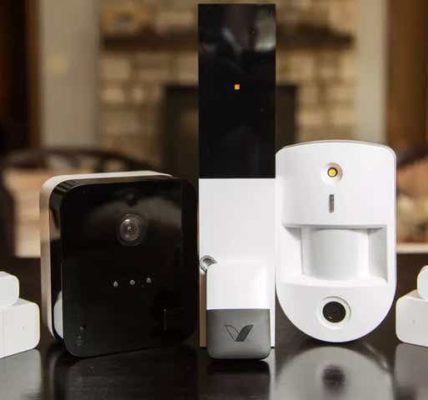The idea is not new, but could reach a wider mass in the next few years: Cloud Gaming. This makes it possible to play brand-new best toa monsters games with full detail even on antique laptops and smartphones. At Gamescom, we talked to a number of cloud gaming providers and looked around the market. Could expensive gaming hardware and consoles soon be a thing of the past?
Is probably the dream of every thoroughbred gamers: Get out of the hardware spiral that more or less “forces” him to upgrade his graphics card, processor and other components every few years in order to get the full enjoyment of graphically opulent games. The way out of this expensive hamster wheel could be cloud gaming. The technology has basically been around for years and basically works like other software-as-a-service offerings such as Gmail, shop systems like Shopify and basically all applications running in the cloud.
Powerful gaming hardware in the data center
From a technical point of view, cloud gaming functions relatively simply: instead of having the graphics, physics and other elements of the game world calculated on your home PC or console, these tasks are performed by powerful hardware in the data center. The servers then send a video stream to the user’s machine, for which a relatively old graphics card and weak hardware are sufficient. The input and output takes place as usual via mouse and keyboard or the gamepad and overall the gaming experience does not differ from a classic setup.
The delay until a keystroke arrives at the game in the data center and is then processed and displayed to the player should be so small that only professional online gamers will notice it, assures us graphics card specialist and industry mammoth NVIDIA.
For several years now, the company has been offering a comparatively weakly equipped, small console called Shield, which is cloud gaming-capable. The corresponding service is called GeForce Now and comes with a well-stocked library of games that cost around 10 euros a month to use. These are mostly games that are a few years old or less hardware-hungry and can be played for an unlimited period of time. A bit like Netflix for gaming. As with the video streaming provider, GeForce Now does not require a download of the content. A short buffering is all you need to get started.

Abomodel instead of hardware spiral
NVIDIA is currently in the beta phase with its service to extend the offer launched years ago to systems other than its own console. Although the game library is no longer available on these systems, the company is integrating well-known game platforms for PCs such as Steam, for example. The user simply connects his account and the games are then charged in the cloud instead of at home. NVIDIA has apparently recognized where the future is headed. As one of the world’s largest manufacturers of graphics chips, the Americans, like its biggest competitor AMD, benefited last year from increased sales of its graphics hardware thanks to cryptomining.
But this boom seems to be just over and gaming is increasingly shifting towards mobile and consoles. Cloud gaming could therefore be the evolutionary next step to simply offer the hardware as a service from the cloud. Especially since the subscription model and “share instead of own” has been socially acceptable for years, see Adobe’s Creative Cloud, Amazon Prime, Netflix or also “in real life” bike and car sharing. So why always buy new hardware?
Windows 10 on your smartphone
That’s what the French startup Blade thought, but it has a different approach than NVIDIA. The provider also offers computing power in its own data center, but instead of a games catalog it provides a virgin Windows 10 environment. With this, the user can do what he wants for around 30 euros a month. Access is provided via an app that, in contrast to NVIDIA, runs on almost any device, whether PC, Mac, Linux or smartphone. This PC in the cloud is called Blade Shadow and is equipped with powerful hardware.
What accelerates the jawbone towards the center of the earth particularly quickly is the game streaming to the smartphone. If you can smoothly play a current title like Far Cry 5 with full details on a mid-range mobile phone with a gamepad, you get an insight into what the future could look like. It’s like a Trabbi suddenly driving like a Ferrari. Since Blade simply provides the user with a Windows 10 system, everything that works with a normal PC is possible in addition to gaming. Thanks to the power of Blade’s hardware in the data center, rendering videos or 3D models that are finished faster the higher the computing power, makes sense.








